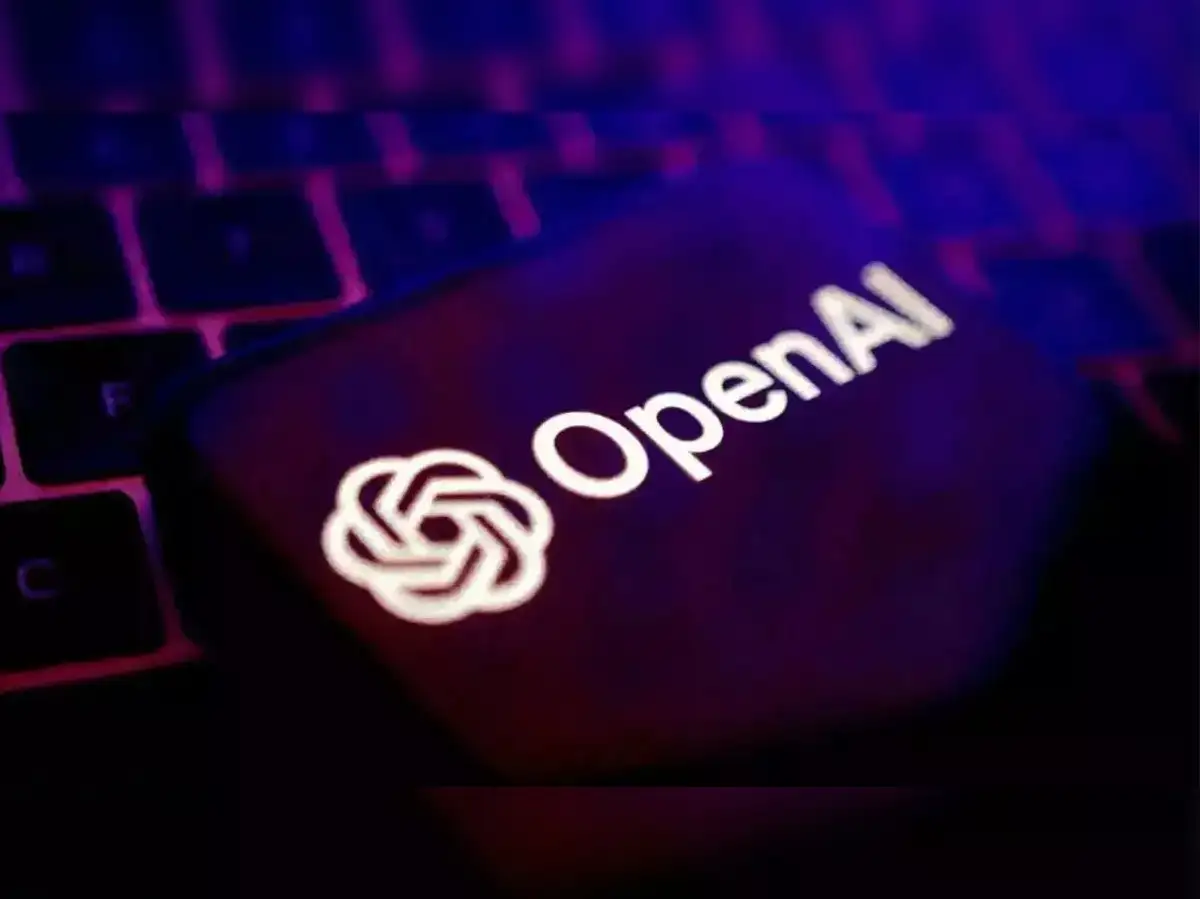AI and the Edge of Modern Tech: From EA Sports FC 26 to AI Backups, Tutoring, and Animal Language
Author: Editorial Team

Artificial intelligence is no longer a niche curiosity but a constant background hum shaping entertainment, business decisions, education, and science. The year 2025 is presenting itself as an inflection point where AI-driven infrastructure and consumer experiences intersect in real time. In gaming circles, previews and industry reports sit alongside broader conversations about how intelligent systems personalize experiences, optimize monetization, and accelerate development cycles. On the research front, ambitious AI initiatives—from decoding animal communication to tutoring workers and streamlining enterprise workflows—reveal a tech ecosystem that treats artificial intelligence as a universal capability rather than a gleaming gadget. The material assembled from regional gaming previews, business analyses, and scientific projects indicates a common thread: AI is increasingly embedded in the fabric of modern life, simultaneously expanding opportunities and raising new questions about value, access, and responsibility.
In the gaming arena, EA Sports FC 26 has become a focal point for debates about polish versus monetization. Multiple regional previews describe the game as a meaningful evolution rather than a radical reinvention. They praise quality-of-life improvements that help everyday players control, customize, and enjoy matches more fluidly, while also flagging a money-driven Season Pass that promises ongoing revenue through new cosmetics, events, and content drops. The consensus across outlets is not that the fundamental mechanics of football—timing, positioning, and strategy—have vanished, but that the way players interact with the title is increasingly filtered through a live-service lens. This combination—refined core gameplay and persistent monetization hooks—speaks to a broader industry pattern wherein artificial intelligence powers more personalized experiences while the business model nudges players toward continual engagement and spending. The result is a game that feels more accessible and dynamic, yet potentially more dependent on ongoing access to paid content.

EA Sports FC 26 official Ultimate Team deep-dive preview highlighting new content, ongoing seasons, and the interplay of polish with monetization hooks.
Beyond the EA conversation, the industry’s broader narrative around artificial intelligence centers on the material realities of scale and governance. Across regions and platforms, the move toward cross-platform titles—found on Nintendo Switch, Xbox Series X|S, PlayStation, and PC—reiterates that players expect a consistent, high-quality experience wherever they play. Reviewers note that the core simulation remains anchored in familiar gameplay, but the live-service framework increasingly governs what players can access, when, and at what price. In this climate, AI systems are less about replacing human designers and more about orchestrating personalized experiences, optimizing matchmaking, curating content, and tightening the feedback loops that guide ongoing development. The economic logic is clear: a well-tuned monetization engine paired with a compelling, well-polished game can sustain longer lifecycles and fan investment, while also inviting scrutiny about fairness, value, and long-term player welfare.
This framing—quality improvements alongside monetization concerns—extends beyond the IGN Africa preview and into the wider discourse about AI-enabled entertainment. The modern sports game, in other words, is less about a single “wow” moment and more about creating dependable, evolving experiences that respond to player behavior in real time. The experience becomes a service: refreshing seasons, dynamic events, and cosmetic items that reflect a player’s identity and commitment. That is the trade-off many publishers are betting on: more data, more personalization, more frequent content drops, and more predictable revenue streams. As players chase that balance, the industry faces a critical question: how can the benefits of AI-powered personalization be delivered without eroding trust or diminishing the sense of value players derive from ownership, progression, and skill?

Analysts’ view of how large language models will affect business in 2025, highlighting automation, decision support, and scale.
The conversation around AI in entertainment dovetails with a larger economic narrative: the demand for compute is skyrocketing as models become more capable and installed bases grow. Analysts and industry watchers observe that modern games are not just software experiences but systems that rely on continuous data collection, rapid iteration, and cloud-backed services. This reality—paired with a consumer appetite for rapid updates and personalized interactions—places orchestration at the center of value creation. The result is a hybrid of artistry and engineering where developers must balance creative aims with the economics of ongoing delivery. For players, this means a more compelling door into virtual worlds, but it also places a premium on responsible monetization practices, transparent communication about how data informs experiences, and clear lines of accountability when things go awry.
On the workforce side, new models of collaboration emerge as AI supports and accelerates decision-making. Talent becomes distributed across disciplines—design, data science, marketing, and operations—paired with a growing expectation that AI tools will be part of everyday workflows. The practical effect is that teams can execute more quickly, harness deeper insights, and tackle problems that were previously bottlenecked by manual processes. Yet this acceleration also highlights the need for governance, data hygiene, and skill development so that organizations can leverage AI effectively without compromising security or workforce morale. In short, the AI-enabled enterprise promises increased productivity, but its success hinges on how well people and processes mesh with intelligent systems.

OpenAI’s plan to invest in backup servers and cloud infrastructure to support growing AI workloads.
A parallel thread in AI-enabled work lives in the real world of workforce dynamics. A BizToc digest of Inc. coverage points to Gen-Z workers who increasingly become de facto AI tutors within their organizations. Nearly two-thirds of Gen-Zers volunteer to help older coworkers learn and use AI tools, a trend that accelerates adoption, improves productivity, and elevates the reputation of those who become known as AI champions. This dynamic helps reduce resistance to new technologies, shortens the learning curve for frontline staff, and democratizes access to the most powerful tools in the workplace. At the same time, it raises questions about equity of training responsibilities, the quality of informal guidance, and how much formal training is still necessary. As AI becomes embedded in daily workflows, the question shifts from “can we train people to use AI?” to “who bears responsibility for ensuring accurate, ethical, and consistent use of AI across an organization?”
The consumer side is not far behind in raising concerns about how AI-curated information is presented and consumed. A thoughtful analysis from Zdnet’s Nina Raemont cautions that AI-generated news summaries can do more harm than good if not used judiciously. The piece emphasizes that automated digests should supplement rather than replace careful reading and independent verification. Users are urged to treat AI summaries as starting points, not definitive sources, and to be mindful of biases embedded in data and models. In practice, this means designing AI-assisted news tools that improve comprehension while preserving transparency and accountability, a delicate balance that requires ongoing attention to model behavior, data provenance, and the risk of misinformation seeping through automated summaries.

Earth Species Project’s AI-assisted study of animal sounds could unlock a foundational dictionary of interspecies communication by 2030.
Research at the intersection of AI and biology/linguistics highlights a bold ambition: to decode animal language using machine learning. The Earth Species Project’s mission to map animal vocalizations into a basic dictionary envisions a future where human understanding of animal cognition could transform conservation, ethics, and our relationship with ecosystems. Such a project challenges our assumptions about communication, cognition, and the boundaries of science, pushing researchers to design models that can handle the nuance and diversity of animal signals. The timeline—targeting breakthroughs by 2030—reflects a longer arc of AI-enabled discovery that complements more immediate concerns about user experience, monetization, and governance. Taken together, these threads reveal a world where AI is increasingly deployed not just to automate tasks or deliver personalized media, but to ask big questions about life, language, and meaning.
The global AI ecosystem is characterized by enormous capital commitments that reveal how central compute has become to the technology agenda. Reports about OpenAI’s spending plans—covering up to $100 billion in the next five years for backup servers, alongside hundreds of billions for ongoing capacity this decade—underscore that AI is now a capital-intensive enterprise. Industry watchers note that cloud providers, data centers, energy consumption, and supply chains for AI infrastructure will shape corporate strategy for years to come. For executives, this translates into strategic decisions about where to locate data, how to procure reliable and scalable compute, and how to align vendor ecosystems with long-term risk management. As models grow larger and more capable, the infrastructure behind them becomes the hidden engine that makes all the glitz and promise possible.
The confluence of these developments—entertainment updates, business tooling, educational innovations, and ambitious science projects—points to an era in which AI is less a single invention and more a pervasive framework. The implications are profound: better games, smarter operations, more capable tutoring, and deeper scientific inquiry can coexist with concerns about access, equity, and safety. The path forward will hinge on how designers, policymakers, and researchers balance innovation with accountability, ensuring that AI delivers genuine value without compromising trust or safety. If 2025 proves anything, it is that AI is moving from experimental novelty to a steady, integrated force across domains, inviting us to rethink what is possible and who bears responsibility for realizing it.